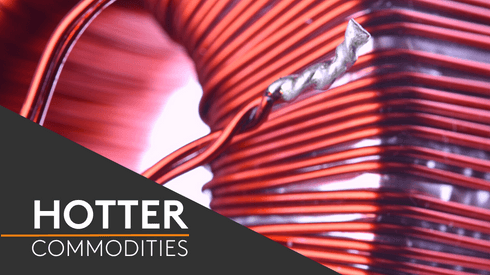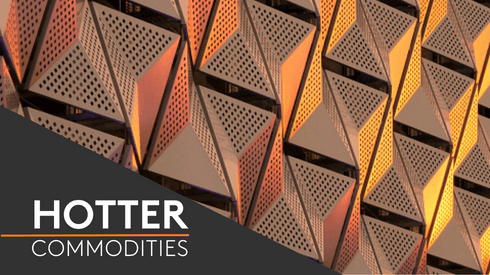American Metal Market’s latest assessment of the P1020 spot premium places it at 11-11.75 cents per lb, up 3.4% from 10.5-11.5 cents per lb last week. The premium, which has risen for the fourth straight week, is at its highest level since early May 2015, and it may have further to go on the back of the Section 232.
“All [of] this is just about the 232,” said one supplier.
Industry experts say they expect tough tariffs on aluminium imports as a result of Trump’s decision, and sources say sellers are in no hurry to part with metal when replacement costs may be higher in the near term.
“You’re looking at replacement cost – if the 232 happens – that’s going to introduce a risk factor. The cost of replacing units is likely going to go up,” a second supplier said. “Not able to get a sale? No harm no foul. … You want to be good to your customer, but not that good.”
Trucking costs and the continued availability of nonferrous scrap are also slowing buyer interest in spot material. One buyer called any notion of scrap tightening “comical” despite secondary aluminium prices continuing to move higher.
“At the end of the day, if I get business, I have to give a discount,” a third supplier said. “There’s no shortage of metal – metal is not tight.”
According to American Metal Market’s aluminium scrap assessment last week, smelter-grade mixed high-copper clips, mixed high-zinc clips, 1-1-3 sows, mixed clips, old sheet, old cast and aluminium-copper radiators all increased by 1 cent per lb, while high-grade turnings stepped up a penny on the lower end of the range and mixed-grade turnings gained an average of 1½ cents per lb.
But trucking rates are generally believed to be priced into current premiums already, and those rates have been declining since the start of the month. According to data from DAT Solutions updated on Saturday, rates for vans and reefers have decreased, to $2.26 per lb per month and $2.67 per lb per month, respectively.
Aluminium prices on the London Metal Exchange are in a state of backwardation, with the three-month contract closing the official session January 30 at $2,226 per tonne ($1.01 per lb), while the daily cash price closed at $2,229 per tonne ($1.01 per lb) – rendering a spread of minus-$3.
Signs indicate that the premium may have room to rise – the CME Group’s Midwest futures are up to 12.25 cents per lb for February 2018, 12.5 cents per lb for March and 13.05 cents per lb for April.





